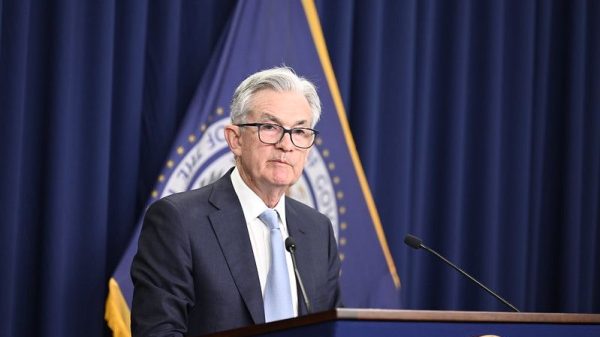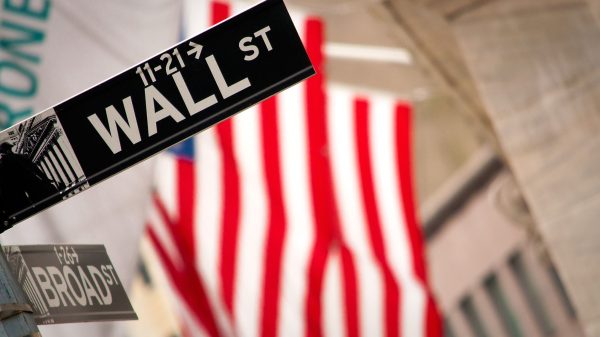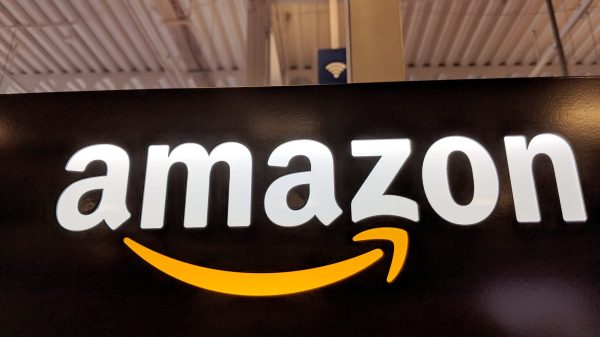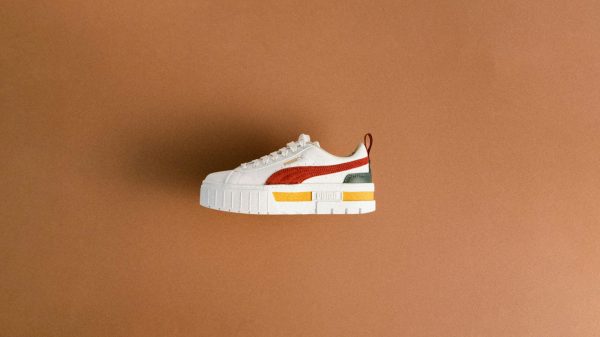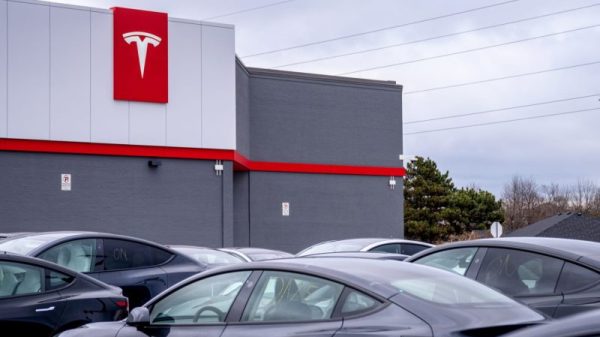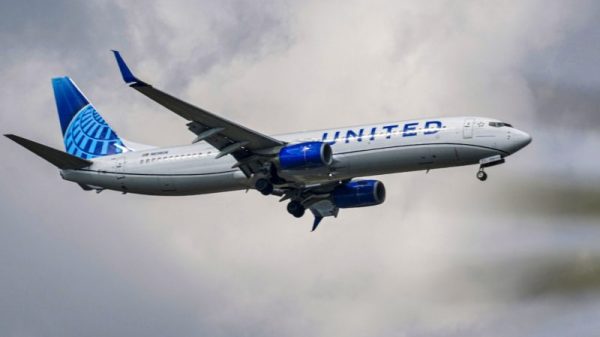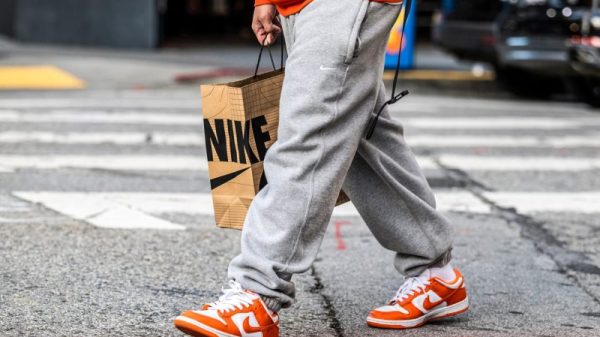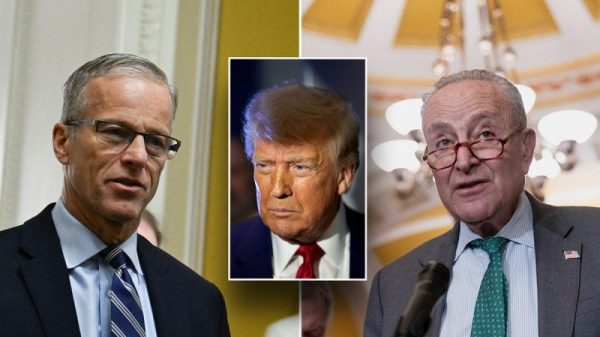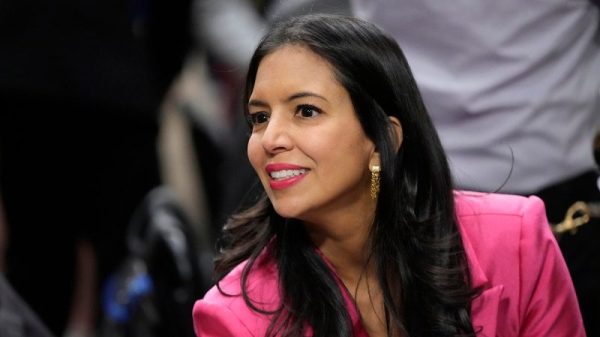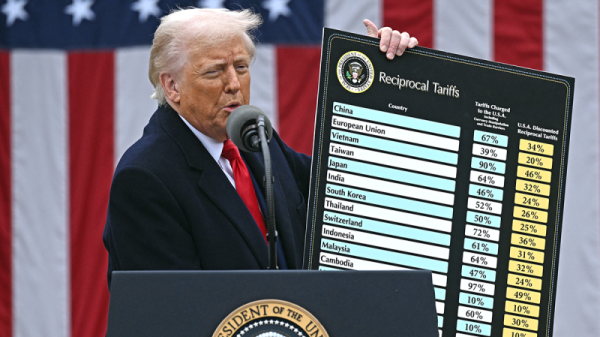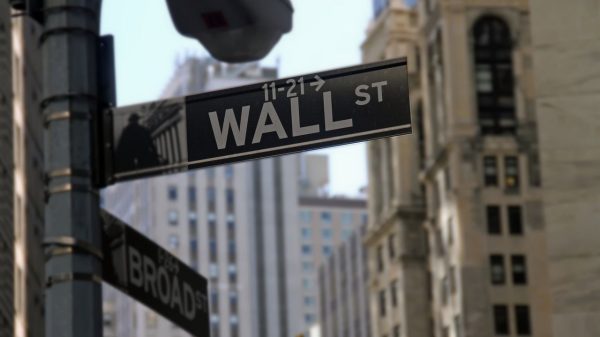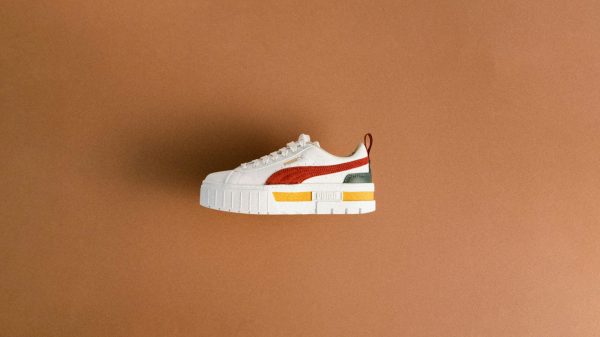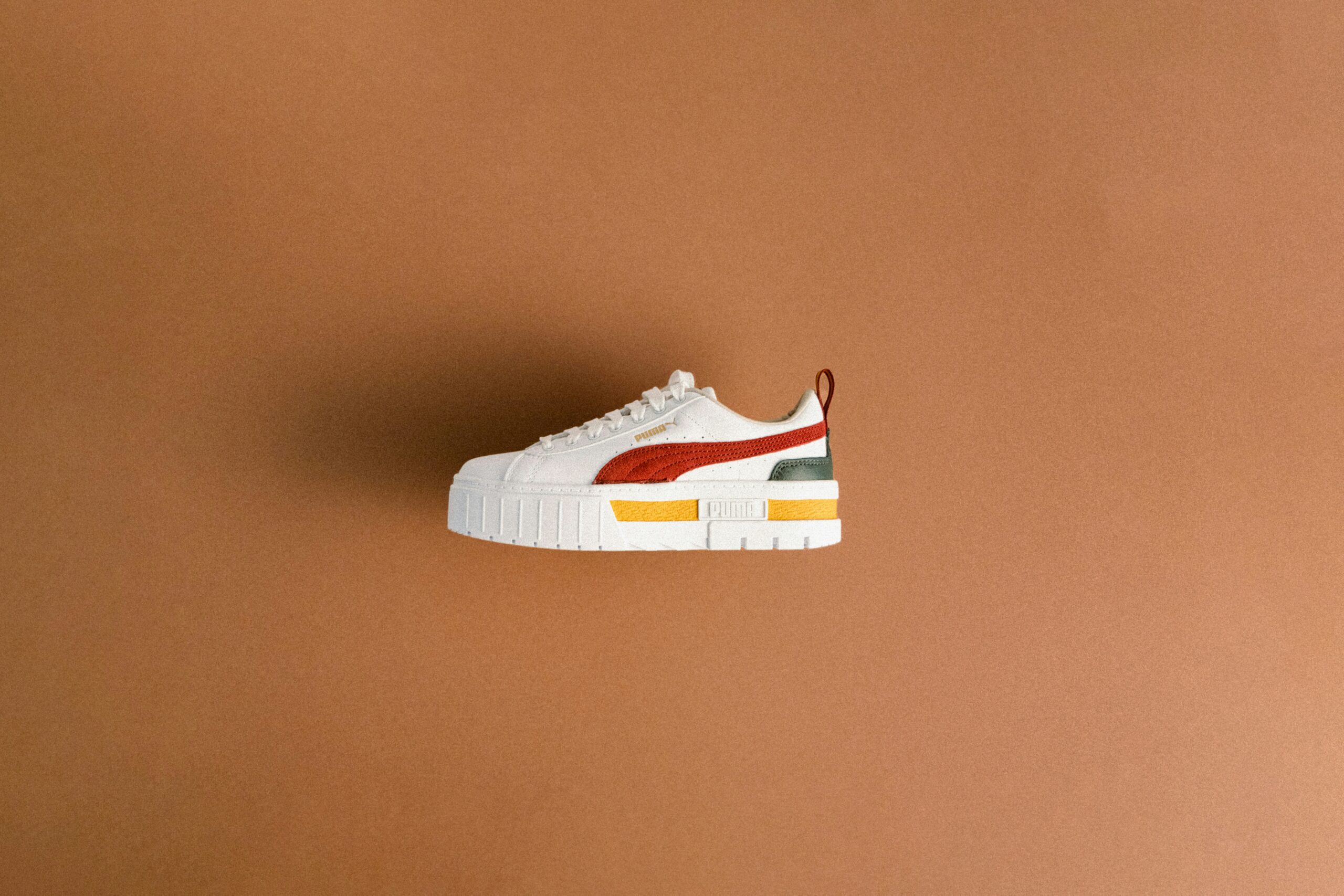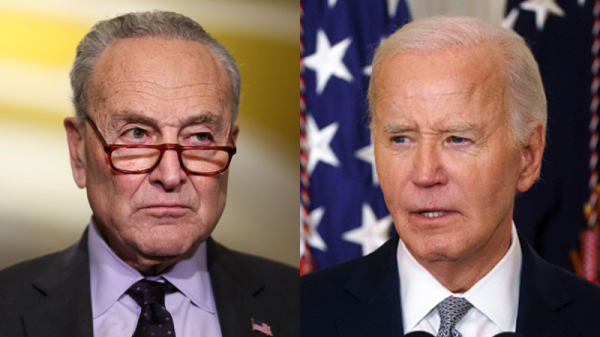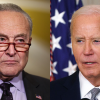When Puma announced on Thursday that former Adidas sales chief Arthur Hoeld would become its new CEO, replacing Arne Freundt over “differing views on strategy execution,” it wasn’t just a routine leadership shake-up.
The move added another chapter to one of the most iconic rivalries in corporate history: Puma versus Adidas.
That rivalry, marked by talent swaps and strategic one-upmanship, had also seen a dramatic turn in 2022 when Puma hired Bjørn Gulden, who had been a senior vice president of apparel and accessories at Adidas in the 1990s, to lead the company as its CEO.
But beneath these boardroom moves lies a far older and more personal story—one that began with a bitter sibling split in a small German town and evolved to become one of the most legendary feuds in global sportswear.
Adidas and Puma, two of the world’s largest sportswear giants, owe their origins not just to ambition and innovation, but to a bitter rift between two German brothers — Adolf and Rudolf Dassler.
This is their story:
A feud born in the Dassler family
The story begins in the 1920s in Herzogenaurach, a town of just over 20,000 people nestled in Germany’s Franconia region.
The Dassler brothers ran a shoe company together — Gebrüder Dassler Schuhfabrik (Dassler Brothers Shoe Factory) — operating out of their mother’s laundry room.
Adolf, known as “Adi,” was the quiet craftsman, focused on design and detail. Rudolf, or “Rudi,” was the extrovert and the salesman, charismatic and bold.
The pair found early success, most famously when American sprinter Jesse Owens wore their shoes to win four gold medals at the 1936 Berlin Olympics.
But the business — and their relationship — began to unravel during World War II.
Misunderstandings, personal grudges, and political tension turned into open hostility
The exact trigger for the rift between the Dassler brothers remains disputed.
Local records merely refer to “internal family difficulties,” but the most widely circulated story is that Rudi—often described as the more charismatic of the two—had an affair with Adi’s wife, Käthe, a betrayal that permanently severed the brothers’ bond.
Other theories have also emerged over the years.
Some revolve around tensions over their political affiliations—both brothers joined the Nazi Party in 1933—and debates over who could claim credit for inventing the revolutionary screw-in football studs that helped West Germany clinch the 1954 World Cup on a rain-soaked pitch in Berne.
One particularly infamous episode dates back to 1943, during an Allied bombing raid over Herzogenaurach.
According to reports, Adi and Käthe rushed into an air raid shelter already occupied by Rudi and his family.
Upon seeing them, Rudi allegedly muttered, “The Schweinhunde (pig dogs) are back.”
Rudi later claimed he had been referring to the RAF bombers, but Adi was unconvinced—another slight that deepened their already fractured relationship.
By 1948, the brothers had gone their separate ways, and Herzogenaurach was never the same again.
Herzogenaurach: “the town of bent necks”
Rudolf set up his own company on one side of the Aurach River and called it Puma.
Adi remained on the other side and registered his company as Adidas, a portmanteau of his first and last names.
It is here that the headquarters of these two giants stand even today, barely a couple of miles apart.
What followed was not just a corporate rivalry, but a town-wide schism.
Herzogenaurach became known as “the town of bent necks,” because locals would first look down at your shoes before deciding whether to speak to you.
“The split between the Dassler brothers was to Herzogenaurach what the building of the Berlin Wall was for the German capital,” local journalist Rolf-Herbert Peters said in a Guardian report of 2009.
Marriages between employees of Adidas and Puma were discouraged.
Each factory had its own football club, barber, and pub — even churches and bakeries aligned with one side or the other.
“Even religion and politics were part of the heady mix. Puma was seen as Catholic and politically conservative, Adidas as Protestant and Social Democratic,” said Klaus-Peter Gäbelein of the local Heritage Association in the report.
Even in death, the divide persisted: the Dassler brothers are buried in the same cemetery, but at opposite ends.
From the Cold War on cleats to modern brand warfare
The Adidas-Puma rivalry has evolved from personal vengeance to boardroom competition.
For decades, both brands fought for supremacy in football sponsorships, athlete endorsements, and Olympic moments.
Adidas signed stars like Franz Beckenbauer and David Beckham, while Puma snapped up Pelé, Usain Bolt, and most recently, Neymar Jr.
The brands’ differing identities also became part of their competitive edge.
Adidas leaned into innovation, performance, and heritage. Puma took a more youthful, fashion-forward route, collaborating with artists like Rihanna and designers like Alexander McQueen.
Despite the intensity, modern leadership at both companies has attempted to thaw relations.
In 2009, employees from both firms played a symbolic football match to promote peace and reconciliation. But in the marketplace, the fight remains fierce.
Today, Adidas and Puma collectively generate billions in revenue, competing globally with the likes of Nike and Under Armour.
Yet in Herzogenaurach, the rift still echoes. Locals still joke that the easiest way to offend someone is to wear the wrong shoes.
The post Adidas vs. Puma: how a sibling split in a small German town gave birth to a longstanding rivalry appeared first on Invezz

